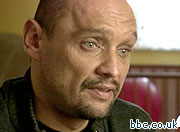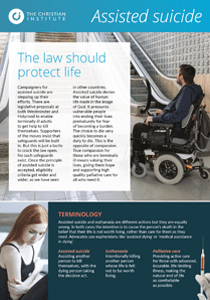A paralysed man has learnt to walk again after a “historic” breakthrough involving cells taken from part of his nervous system.
Darek Fidyka, a 38 year-old man from Eastern Europe, thought he had no hope of recovery after being stabbed four years ago.
After undergoing treatment on his spinal cord using olfactory ensheathing cells (OECs), he has learned to walk and even drive again.
World first
Fidyka was left with no sensation from the waist down after the attack which severed his spinal cord.
Incredibly, he can now feel his legs again, after cells from his nasal cavity were transplanted into the damaged area of his spine.
OECs are similar to stem cells in that they can continually regenerate themselves – the only part of the nervous system able to do so.
Fidyka is thought to be the first person in the world to recover from complete severing of the spinal nerves.
Incredible
Speaking about the return of sensation, he said: “It’s an incredible feeling, difficult to describe”.
Geoffrey Raisman, of University College London, who pioneered the latest technique, described the breakthrough as “historic”.
He said: “We believe that this procedure is the breakthrough which, as it is further developed, will result in a historic change in the currently hopeless outlook for people disabled by spinal cord injury.”
Advancement
On Radio 4′s Today Programme, science correspondent Tom Feilden welcomed the development but also cautioned that the new treatment may not work for people who have suffered more “extensive damage”.
However, the news was welcomed by the founder of the Nicholls Spinal Injury Foundation, David Nicholls, whose son Daniel was paralysed in 2003.
Nicholls said: “Paralysis is something that most of us don’t know very much about, because we are not affected by it.”
Promise
He added: “The scientific information relating to this significant advancement will be made available to other researchers around the world so that together we can fight to finally find a cure for this condition which robs people of their lives.”
Fidyka’s recovery demonstrates the growing promise of techniques that are more successful than embryonic stem cell research and do not require the destruction of human life.
Scientists at universities in the UK and Japan have recently offered hope to people who suffer from blindness and brittle bone disease, as a result of promising new techniques using adult stem cells.


